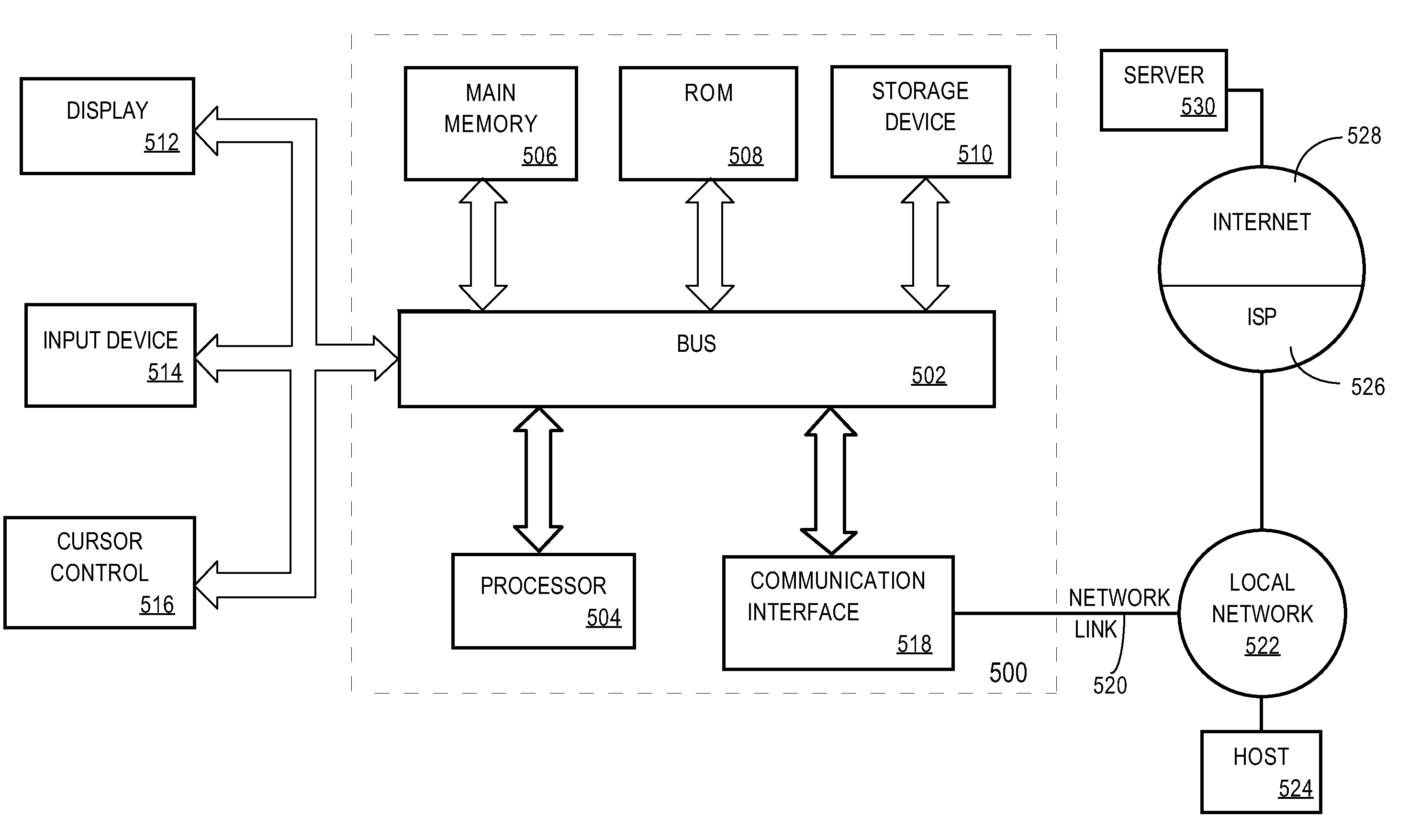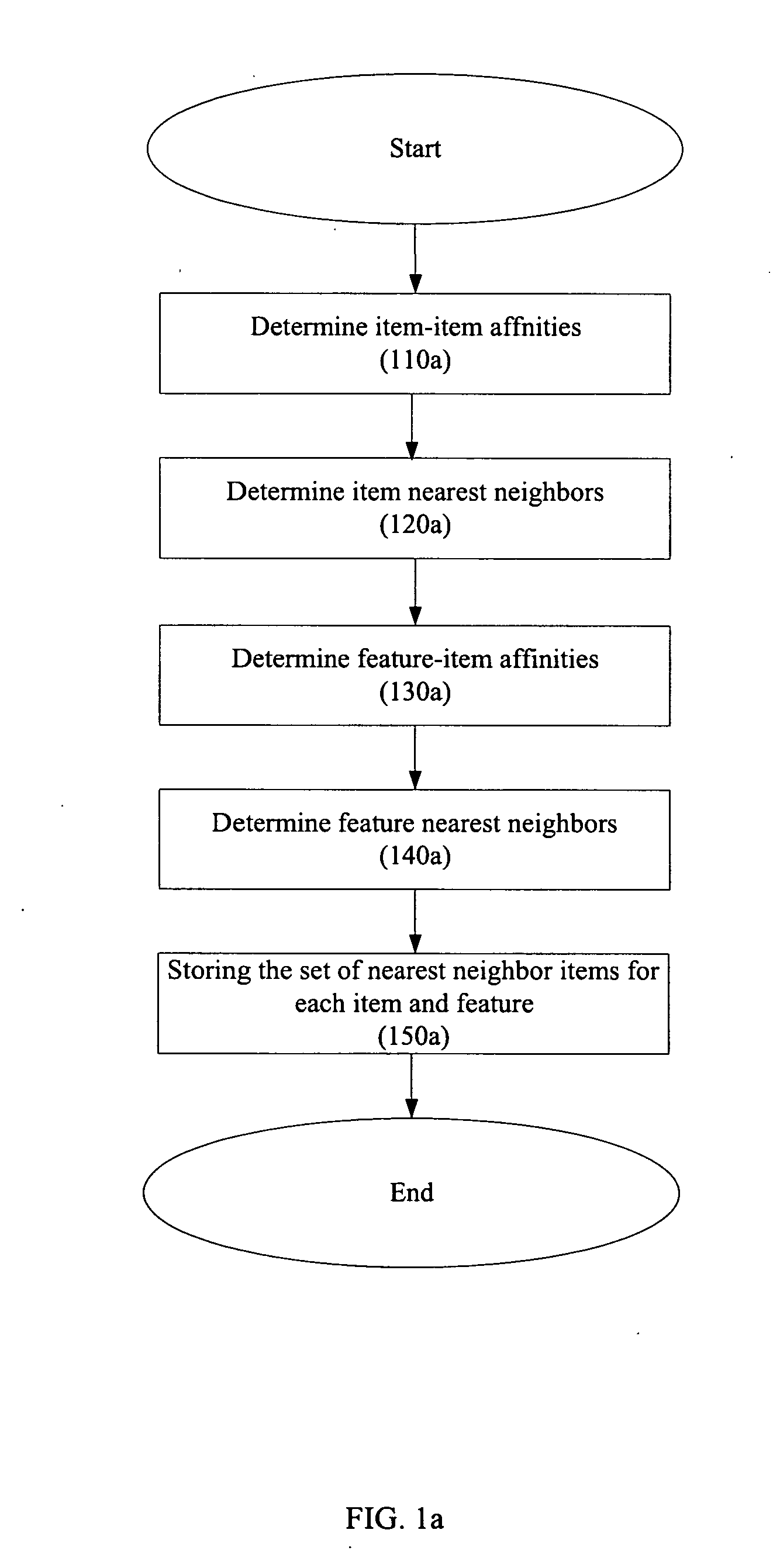Determining User Preference of Items Based on User Ratings and User Features
a technology of user ratings and user features, applied in the field of recommender systems, can solve problems such as user loss, system failure, and inability to work well, and achieve the effect of improving user experience, increasing user burden, and improving user experien
- Summary
- Abstract
- Description
- Claims
- Application Information
AI Technical Summary
Benefits of technology
Problems solved by technology
Method used
Image
Examples
Embodiment Construction
[0015]In the following description, for the purposes of explanation, numerous specific details are set forth in order to provide a thorough understanding of the present invention. It will be apparent, however, that the present invention may be practiced without these specific details. In other instances, well-known structures and devices are shown in block diagram form in order to avoid unnecessarily obscuring the present invention.
General Overview
[0016]Techniques described herein involve using a hybrid recommender system, which combines standard least squared linear regression and collaborative filtering techniques, to overcome the shortcomings of the prior art. Hybrid methods can be especially useful when data is sparse, for example in cold-start situations. In fact, in the extreme cold-start setting, pure collaborative filtering methods cannot provide recommendations at all, and content-based information filtering methods or hybrid methods are needed.
[0017]Embodiments of the pre...
PUM
 Login to View More
Login to View More Abstract
Description
Claims
Application Information
 Login to View More
Login to View More - R&D
- Intellectual Property
- Life Sciences
- Materials
- Tech Scout
- Unparalleled Data Quality
- Higher Quality Content
- 60% Fewer Hallucinations
Browse by: Latest US Patents, China's latest patents, Technical Efficacy Thesaurus, Application Domain, Technology Topic, Popular Technical Reports.
© 2025 PatSnap. All rights reserved.Legal|Privacy policy|Modern Slavery Act Transparency Statement|Sitemap|About US| Contact US: help@patsnap.com



